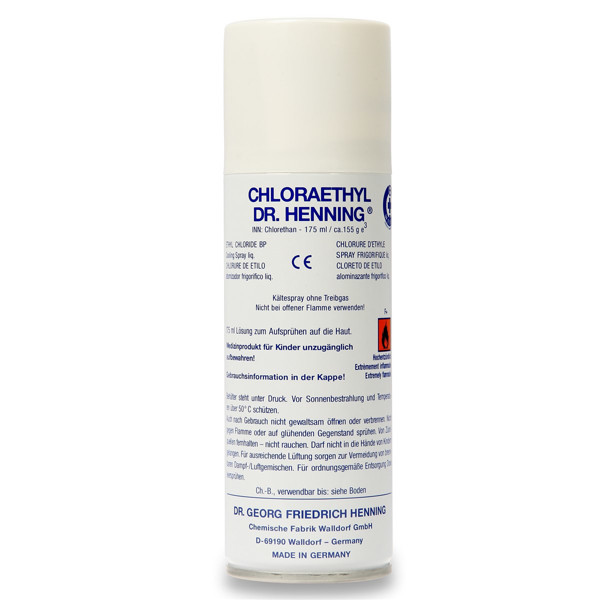Acute pain after injury and topical local anesthesia for athletes
The traditional method of pain management—injectable local anesthesia—while effective, isn’t always ideal, especially for mild or superficial injuries or when a quick, non-invasive solution is needed. In such cases, topical local anesthesia is gaining increasing attention: a surface-acting anesthetic that enables fast, safe, needle-free pain relief.
ACUTE PAIN AFTER INJURY IS MORE THAN JUST DISCOMFORT
Pain is a natural physiological response to tissue damage. But for an athlete, it often means much more:
- Limited mobility: Pain restricts range of motion and can interfere with diagnostic testing (e.g., joint stability tests).
- Muscle guarding: The body reflexively protects the injured area, and muscle tension can worsen tissue damage.
- Psychological barrier: Even mild but sharp pain can trigger fear, anxiety, or reluctance to engage with medical staff.
- Diagnostic confusion: Due to pain, the athlete may be unable to clearly describe or localize the injury, making accurate diagnosis difficult.
For these reasons, modern sports medicine increasingly values fast, gentle, and non-invasive interventions.
TOPICAL ANESTHESIA - FAST, TARGETED AND EASY TO APPLY
Topical local anesthesia works within minutes by temporarily blocking nerve signals at the surface level. It is most effective for:
- Minor contusions,
- Skin abrasions or chafing,
- Mild strains with localized pain,
- Pre-treatment of painful areas before taping or physical therapy.
Common active ingredients include lidocaine, benzocaine, or tetracaine, usually in water-based or aerosol spray form.
PRACTICAL BENEFITS FOR ATHLETES AND MEDICAL TEAMS
- Rapid onset: Effects start within 1–5 minutes.
- Psychological ease: With pain reduced, the athlete is calmer and more cooperative during examination or treatment.
- Facilitates return to play: For minor injuries, topical anesthetic can relieve pain long enough for immediate activity assessment.
- No systemic effect: Acts only at the site of application—no internal organ impact.
- No needles: Important for athletes who are needle-averse or in situations where injection is unnecessary.
WHEN TOPICAL ANESTHESIA MAY NOT BE APPROPRIATE
- For deeper soft tissue injuries (tendons, muscles, joints);
- For open, bleeding wounds unless specifically indicated;
- In cases of known allergy to lidocaine or other local anesthetics;
- When stronger or long-lasting pain management is required (in such cases, injectable anesthesia may be more effective).
A SMALL SOLUTION THAT MAKES A BIG DIFFERENCE
Topical local anesthesia is proving to be an effective solution in sports medicine, especially when fast pain relief is needed to allow proper assessment and care. It provides not only physical comfort but also psychological relief, encouraging trust between the athlete and medical team and supporting faster return to movement and performance.
SOURCES OF INFORMATION
- “Topical Anesthetics in Sports Injury Management” – Sports Health Journal
- “Lidocaine Spray: Uses and Safety” – Mayo Clinic
- “Topical Analgesics in Acute Musculoskeletal Injury” – British Journal of Sports Medicine
- “Use of Topical Anesthetics in Field Sports” – American College of Sports Medicine
- “Non-Invasive Pain Control in Athletes” – Medical News Today
- “Local and Topical Anesthesia in Emergency Settings” – Cleveland Clinic
# lokali anestezija # sportinė trauma
